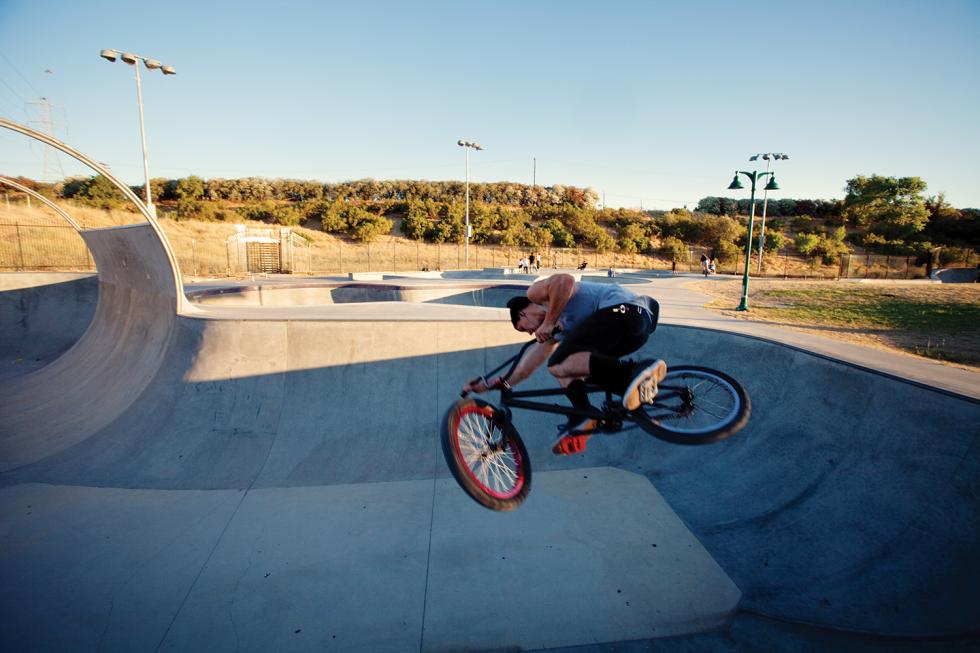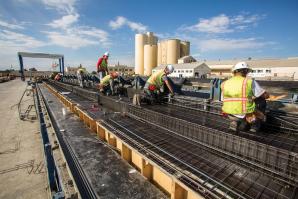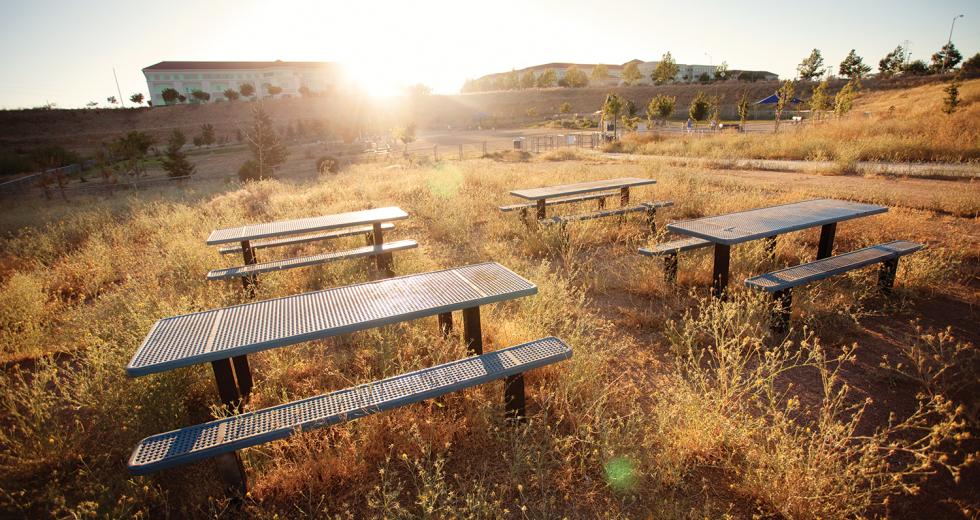Sometimes success is about seeing the potential of a hole in the ground. Well, it also takes a lot of meetings too; just ask the guys who turned the gravel pit on Power Inn Road into what is now Granite Regional Park.
Sacramento’s opportunity to create something out of nothing came in 1989 when Granite Construction Co. was shutting down its longtime gravel mining operation in the Power Inn area. For 33 years the company had pulled rock from the site to build the Yolo Bypass, Highway 50 and the American River Parkway, among other high-profile projects. Richard Solari, former president and CEO of Granite Construction, planned to fulfill the company’s commitment to turn the 200-acre site over to the city to use as a park. “It was to be our legacy,” says current president and CEO Scott Wolcott.
The only problem was that the city didn’t have any money to improve it. In fact, the economy was much like it is today. Property values were down, and banks were getting stingy with financing.
That was when developers George Separovich and Dain Domich of Separovich/Domich Real Estate Development proposed a bold idea: Create a public-private project to fund improvements to the recreation area from equity built by developing 40 acres at the rim of the mine into office- and government-leased space. “It was a great location near light-rail, close to transportation corridors and the urban core,” says Domich, who had also worked on the Alhambra Boulevard corridor, which had similar characteristics. “It made a lot of sense.”
At the table with Granite and Separovich/Domich was Carl Panattoni, founder of Panattoni Development Co., who had a number of investments in the area and operated his growing business from an office on Jackson Road.
After a year of negotiations, the developers agreed to pay $24.3 million in park and off-site infrastructure improvements. Payments were made as square footage was completed so both projects could get started quickly. The park opened to much fanfare in 2001. “It was unprecedented. It really, really worked,” Wolcott says.
Wolcott praised the commitment on the part of the city to stay with the plan through the long negotiations and succession of four city council members to make it work. “These sorts of projects take a lot of patience because there are a lot of interested parties,” Domich says.
As the park progressed, the scope expanded as well. “When the city decided it needed amenities above and beyond what the partnership included, it found the funds to make it work, Wolcott says. Twenty years later, on any given weekday, office workers sit at picnic benches eating their lunches, dogs run in an enclosed two-acre park, skateboarders perfect tricks on the 45,000-square-foot Wally Hollyday-designed park and rugby teams square off on the all-season turf. Features also include four soccer fields, a fishing pond, horseshoe pits and a track used by colleges for training. “I know of many cases where former gravel mines have been used as open space and wetlands, but this was an improvement that benefited a wide swath of the community,” Wolcott says.
Wally Hollyday designed the 45,000-square-foot park for
skateboarders.

The partnership didn’t end with the installation of a water fountain in the dog park. Instead of planned baseball fields, city of Sacramento Director of Parks and Recreation Jim Combs would like to double the number of soccer fields and turn the site into one of the premier competitive soccer destinations in the country. The timing of the improvements depend on the economic success of the partner developers. “Our growth is tied to their expansion,” Combs says.
In the meantime, the city is having trouble maintaining what is already in place. “Our maintenance force has eroded 50 percent over the last three years,” Combs says. Two organizations volunteered to help with upkeep. United Soccer took over mowing the lawns on the three grass fields. Power Inn Alliance, the coalition of business and property owners in the area, adopted maintenance of the park as part of its cleanup activities until the city can restore funding. “It is an important amenity because it gives the industrial park a softer side,” says Jerry Vorpahl, CEO of the Power Inn Alliance. He promotes the attraction in his website, marketing materials and in the next Picnic in the Park, an annual event that started as Dinner at the Dump. This year’s event will highlight the family-friendly characteristics of the area.
Next, Granite is planning to donate another site near Mayhew Drive.
Recommended For You

Home Field Advantage
Clark Pacific's winning stadium bid scores big for the region
The day Clark Pacific won the bid to provide the concrete components for the 49ers’ new football stadium in Santa Clara was a day for much celebration. It was a $20 million award. It meant new jobs. It meant an economic boost for the region.

Kickstarter
Placer County hopes to win tourism dollars with new sports complexes
The rise of elite youth sports and the popularity of year-round athletics have created an emerging market for participant and spectator spending in south Placer County, which has positioned itself as a major sports destination. Now, two separate entities are looking to capitalize on the region’s sports market with large-scale venues that could turn a profit in as few as three years.



